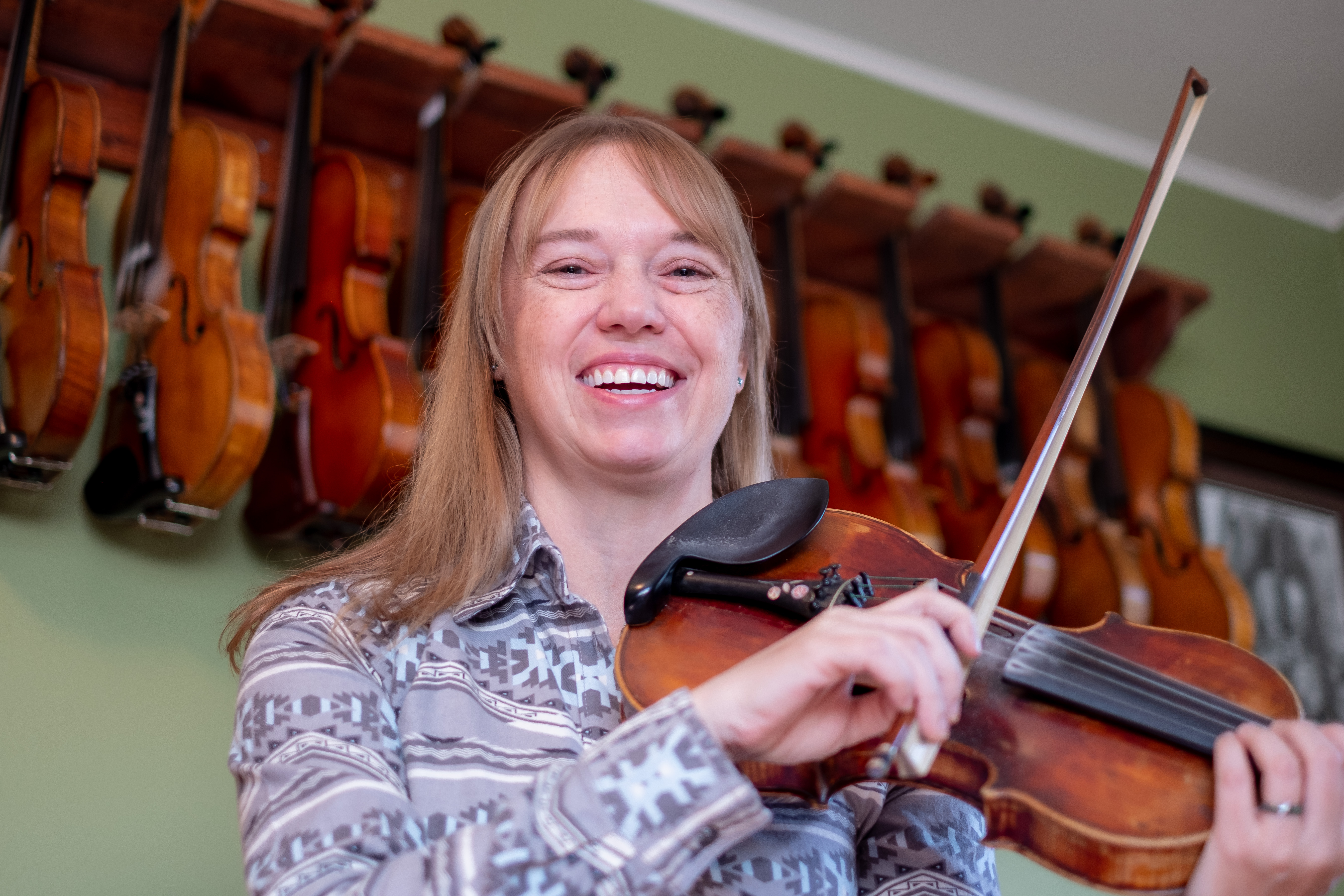‘I’m never free of it’
Published 7:00 am Tuesday, October 12, 2021

- Gloria Schott, who was diagnosed with polio 75 years ago, at age 3, later was a poster child for the March of Dimes, a nationwide effort to eradicate polio. The Baker City resident still has the blue dress she wore for promotional photographs.
BAKER CITY — A virus changed Gloria Schott’s life.
Not the virus that has so dramatically affected society today, but one of many years ago — a virus that mostly affected children and now is nearly eradicated from the world.
Trending
Schott, of Baker City, was diagnosed with polio when she was 3 ½ years old.
“On Oct. 9, it’ll be 75 years. I lived instead of died,” she said.
Schott was living with her family in Weiser, Idaho. She’s heard stories of how her illness began.
“I’ve been told it was my uncle’s birthday and I wouldn’t eat ice cream. Shortly thereafter I started to fall,” she said.
Her parents took her to the local doctor.
“He immediately diagnosed me,” she said.
Trending
And immediately isolated her.
Schott was admitted to St. Luke’s Hospital in Boise on Oct. 9, 1946.
Her parents were not allowed to see her. She said her mom got a job at the Table Rock Cafe in Boise, and would come to the hospital after work to peer at her daughter through a crack in the door.
Schott remembers wanting her mother. She would call out: “Mother, mama, where are you? I need you!”
“And she was standing right there,” she said.
Schott had contracted the type of polio that caused paralysis. When she regained some movement, the hospital staff would put her on the floor and let her explore.
“I did the army crawl,” she said.
She distinctly remembered crawling down the hall and into a room filled with patients in iron lungs — a tube-like machine that provided breathing support for polio patients suffering paralysis of the diaphragm.
“The whole floor was polio,” she said.
Schott had heard the voice of a patient through her wall — the voice was deep and raspy, and she referred to it as “my boyfriend.”
But when she crawled in there, and lay beneath the iron lung to see the patient’s face, she discovered that her “boyfriend” was in fact a teenage girl.
“The last time I saw her, she walked into a clinic with crutches and braces up to her hips,” Schott said.
She left the hospital on her fourth birthday — Feb. 28, 1947.
“They saved my life,” she said. “I wasn’t supposed to live. They told my parents I would die.”
But though polio spared Schott’s life, the virus never truly left her.
She used crutches until she was 13, and wore a brace on her right leg for many years.
“They were terrible. Solid metal,” she said.
The hospital stay was followed by physical therapy and hydrotherapy during the week, as well as four surgeries — three on her right leg, one on her left.
Schott became an ambassador for the hospital, and participated in fashion shows to help raise money for a new building.
She also became a poster child for the March of Dimes.
Schott still has the posters and flyers, as well as the blue dress she wore.
The March of Dimes was founded by President Franklin D. Roosevelt in 1938 as a nationwide effort to eradicate polio. Much of the money raised helped fund research to develop a vaccine.
Some of that funding went to Dr. Jonas Salk, who developed a vaccine made from dead polio cells.
Schott received that vaccine. Although she’d already contracted polio, doctors told her parents that she still could catch the other strains. The vaccine would protect against all three.
Growing up, the crutches and braces limited her physical activity, so jacks and marbles helped pass the time.
And reading — a love that she credited to her second grade teacher, Ms. Holmes.
During that year, every day Schott could choose a friend to eat lunch with in the classroom. As they ate, Ms. Holmes read “The Little House on the Prairie” series of books.
“She instilled a love of reading,” Schott said.
There were some times when her special abilities were sought for a playground game.
“They’d get me sometimes for kickball. If I had a cast, it was solid,” she said, chuckling at the memory. “I could kick it out of the field, and someone would run for me.”
An invisible virus changed her life three quarters of a century ago, but Schott said it also created the person she is today.
“I think who I am, my passions, and my concerns for those who are hurting, stem from this,” she said.
But she’ll never forget that virus.
“I’m never free of it,” she said. “I thought with time I would be, but polio still has a hold of me. I have no memory of not having polio.”









